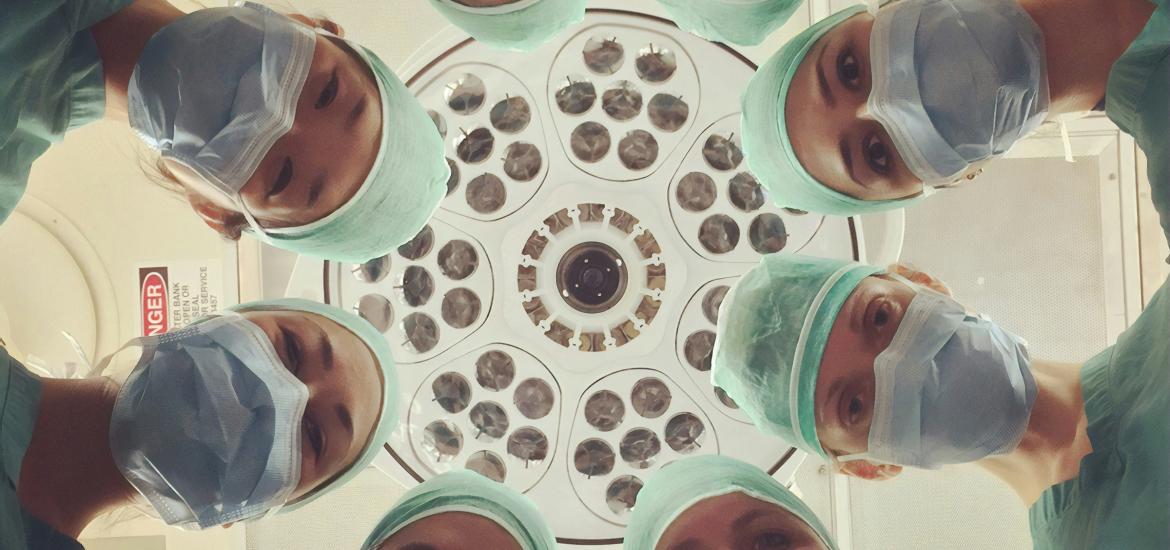
ALX has a Chinese challenger
HanchorBio’s HCB301 is among the latest industry projects beginning first-in-human trials.
HanchorBio’s HCB301 is among the latest industry projects beginning first-in-human trials.

It’s a well-known fact that biopharma continues to investigate ways of hitting the CD47 pathway despite its disappointing track record, and the industry pipeline will soon have a new competitor: HanchorBio’s HCB301, an anti-PD-L1/SIRPα/TGF-β trap fusion protein, is to start a global phase 1 trial in September.
The study has just been revealed in a clinicaltrials.gov listing, and follows an IND that HanchorBio said the FDA had cleared last month. HCB301 will become HanchorBio’s second clinical-stage project, after the CD47/SIRPα fusion protein HCB101; the latter bears a structural similarity to ALX Oncology’s ALX148, whose Aspen-06 gastric cancer data are a key second-half catalyst.
ALX148 and HCB101 are both CD47/SIRPα fusion proteins, but HanchorBio says the latter is additionally engineered, and claims that – unlike the ALX molecule – HCB101 has monotherapy activity. HanchorBio is a private Chinese biotech that has raised only $20m, in an August 2022 series A round.
Despite its modest funding history it already has global ambitions: like the HCB101 study, the first-in-human trial of HCB301 includes US centres. It will also be carried out in Taiwanese and Australian hospitals, though Australia’s regulator has yet to clear it, likely explaining why the planned start date is still two months away.
HanchorBio says HCB301 is the result of structure-guided design, and comprises an engineered IgV domain of human SIRPα fused to an anti-PD-L1 domain and an engineered human TGFRII. This results in blocking CD47 and PD-L1 simultaneously while inhibiting TGFβ-mediated immune-suppression functions, and the broad aim is to overcome resistance to checkpoint inhibitors.
The CD47 space was given a boost by initial data from ALX’s Aspen-06 study of ALX148, though the past two months have seen investor enthusiasm evaporate. Anther company still pushing this approach is Boehringer Ingelheim, which is in the clinic with two anti-SIRPα MAbs, BI 765063 & BI 770371, the latter of which is said to benefit from recognising both the V1 and V2 variants of SIRPα.
Recently disclosed first-in-human studies*
| Project | Mechanism | Company | Trial | Scheduled start |
|---|---|---|---|---|
| BMS-986470 | Fetal haemoglobin cereblon modulator | Bristol Myers Squibb | Sickle cell disease | 15 Jul 2024 |
| TGRX-1942 | Multi-RTK inhibitor | Shenzhen TargetRx | Unspecified | 31 Jul 2024 |
| SHR-9539 | Undisclosed, poss T-cell engager | Jiangsu HengRui | Multiple myeloma | 31 Jul 2024 |
| SPH7485 | Undisclosed | Shanghai Pharmaceutical | Solid tumours | 31 Jul 2024 |
| BGB-R046 | IL-15 pro-cytokine | BeiGene | Solid tumours, +/- Tecentriq | Jul 2024 |
| RO7759065 | Undisclosed | Roche | Solid tumours, +/- Tecentriq | 15 Aug 2024 |
| HCB301 | Anti-PD-L1/SIRPα/TGF-β trap fusion protein | HanchorBio | Unspecified | 15 Sep 2024 |
Note: *projects newly listed on the clinicaltrials.gov database between 1 and 4 July 2024.
As for other recent first-in-human study initiations, there’s not much to go on with Roche’s RO7759065, Shanghai Pharmaceutical’s SPH7485 or Jiangsu HengRui’s SHR-9539, as these projects’ mechanisms of action aren’t disclosed.
However, what has been disclosed is the lab code of a fetal haemoglobin small-molecule cereblon modulator that Bristol Myers Squibb highlighted at last September’s R&D day as being capable of “targeting the previously undruggable” to increase fetal haemoglobin and functionally cure sickle cell anaemia.
Boosting fetal haemoglobin has been validated by Crispr Therapeutics and Vertex's gene-edited therapy Casgevy, and presumably Bristol's project, BMS-986470, could have a convenience advantage. Its phase 1 study begins next week.
And followers of cytokine-based approaches will be intrigued by BGB-R046, an IL-15 pro-cytokine BeiGene only disclosed in May, now starting a solid tumour study. Like IL-2, IL-15 signals through a complex composed of IL-2/IL-15 receptor beta chain (CD122) and CD132; the idea is that a pro-cytokine with conditional activity can expand NK and CD8+ T cells with limited toxicity.
A related approach, Novartis’s heterodimeric IL-15 agonist fusion protein NIZ985, recently fell by the wayside. Novartis acquired this project in 2015 along with its originator, the private biotech Admune Therapeutics, for $140m up front, but discontinued it last year after carrying out a trial in combination with its now defunct anti-PD-1, spartalizumab.
1232













